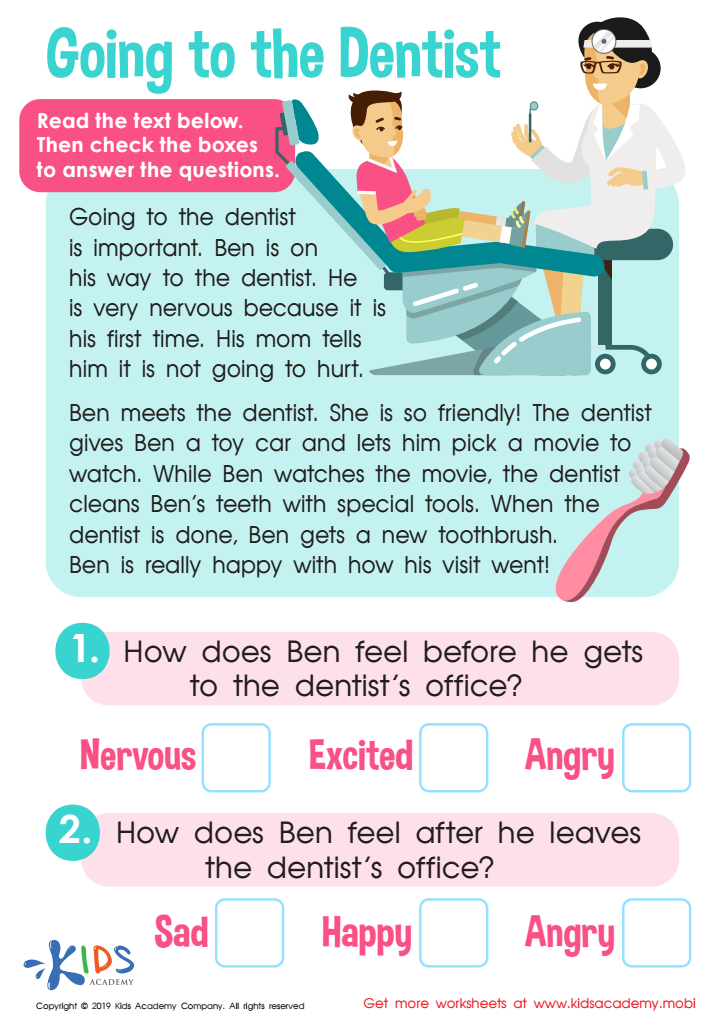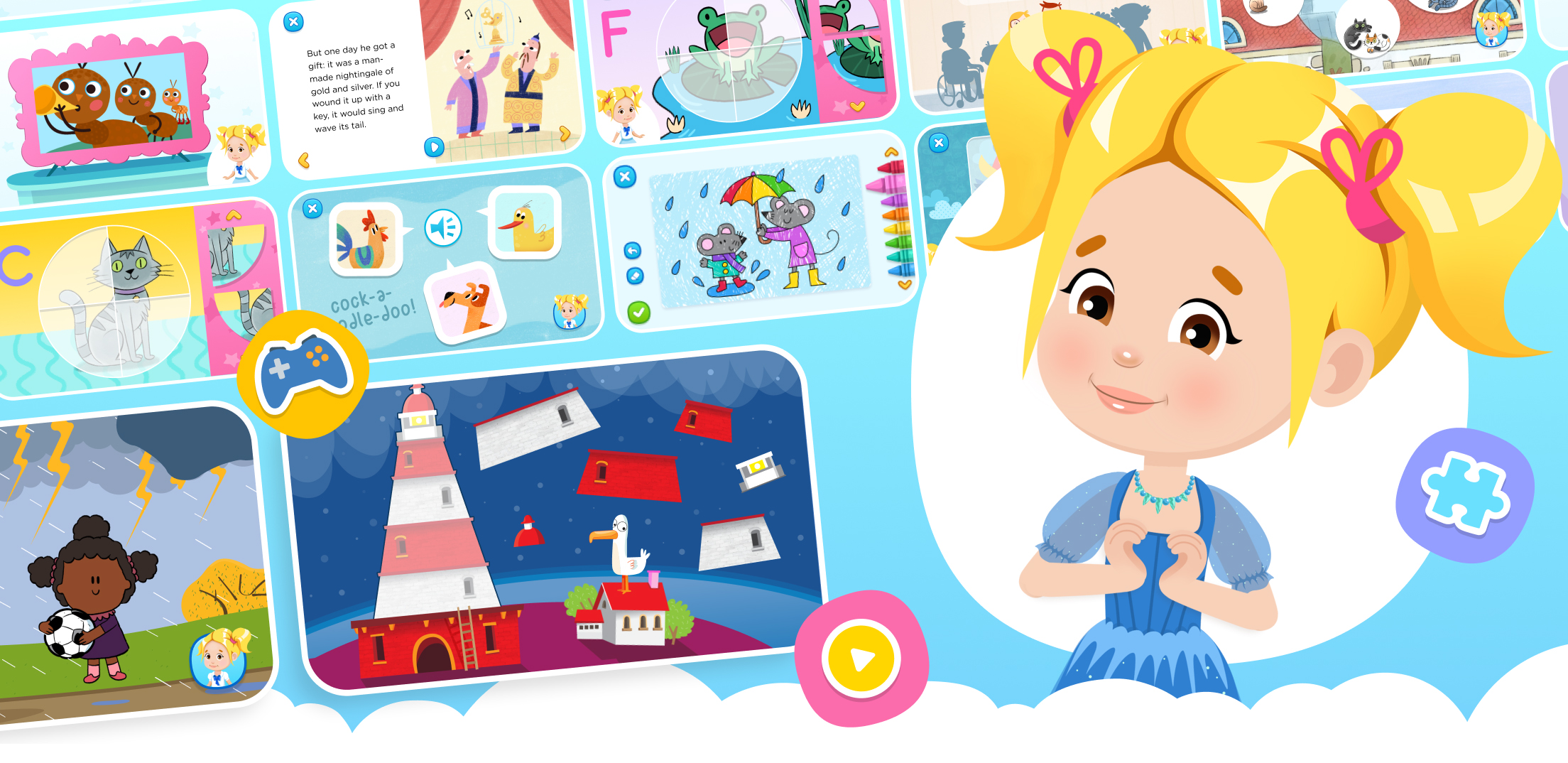Cause and effect understanding Worksheets for Kids
1 filtered results
-
From - To


Going to the Dentist Worksheet
Question/Answer
What does the Cause and effect understanding skill mean when it comes to Grade 1 Reading Non-Fiction learning?
The Cause and Effect understanding skill in Grade 1 Reading Non-Fiction involves recognizing why things happen (cause) and what happens as a result (effect). This skill helps students identify relationships between events or facts within a text, enabling them to comprehend the reasoning behind occurrences and predict outcomes based on given information.
How to test a Grade 1 student’s Cause and effect understanding skills?
To test a Grade 1 student's understanding of cause and effect, provide them with simple, relatable scenarios in story or picture form. Ask them to identify the cause (why something happened) and the effect (what happened as a result).
How to train the Cause and effect understanding skill in Grade 1 students learning about Reading Non-Fiction?
To train Grade 1 students in understanding cause and effect in non-fiction reading, use simple, relatable stories or examples to highlight cause (why something happened) and effect (what happened as a result). Engage them with picture books featuring clear causal relationships, utilize graphic organizers like cause and effect charts, and encourage discussions where they predict outcomes from given causes.
 Assign to the classroom
Assign to the classroom












